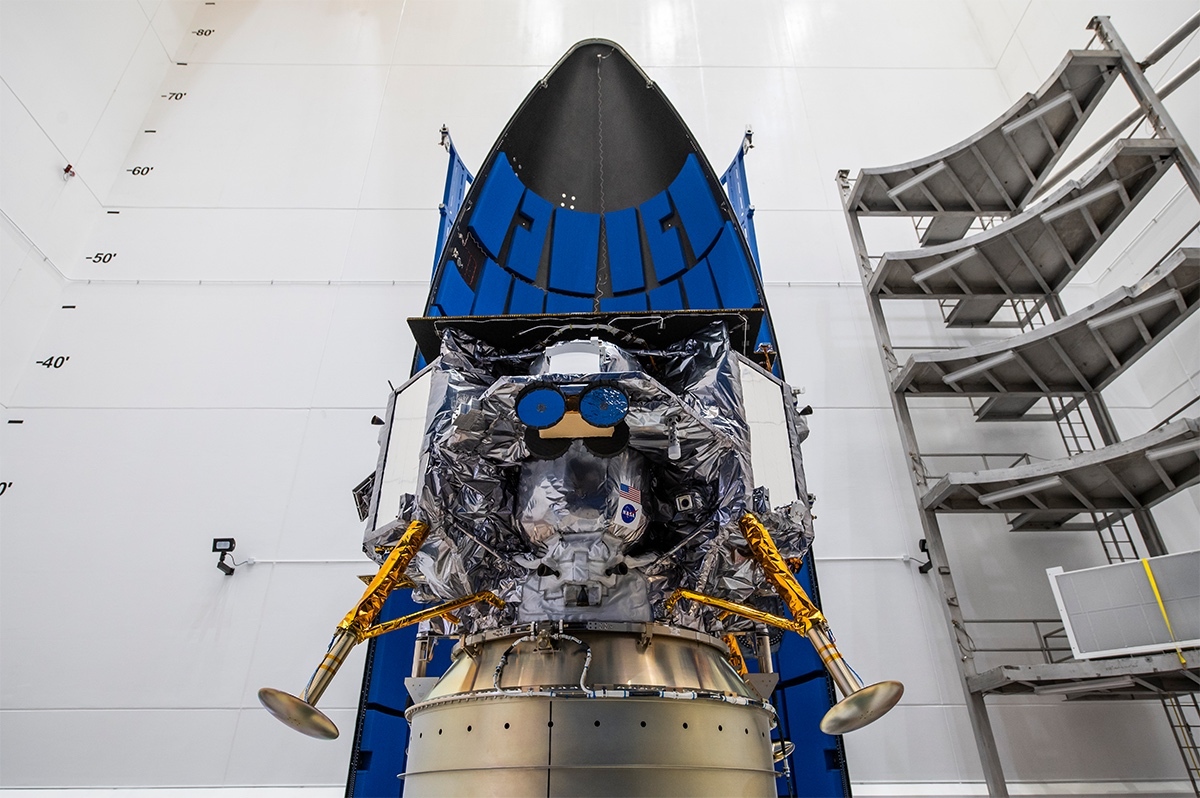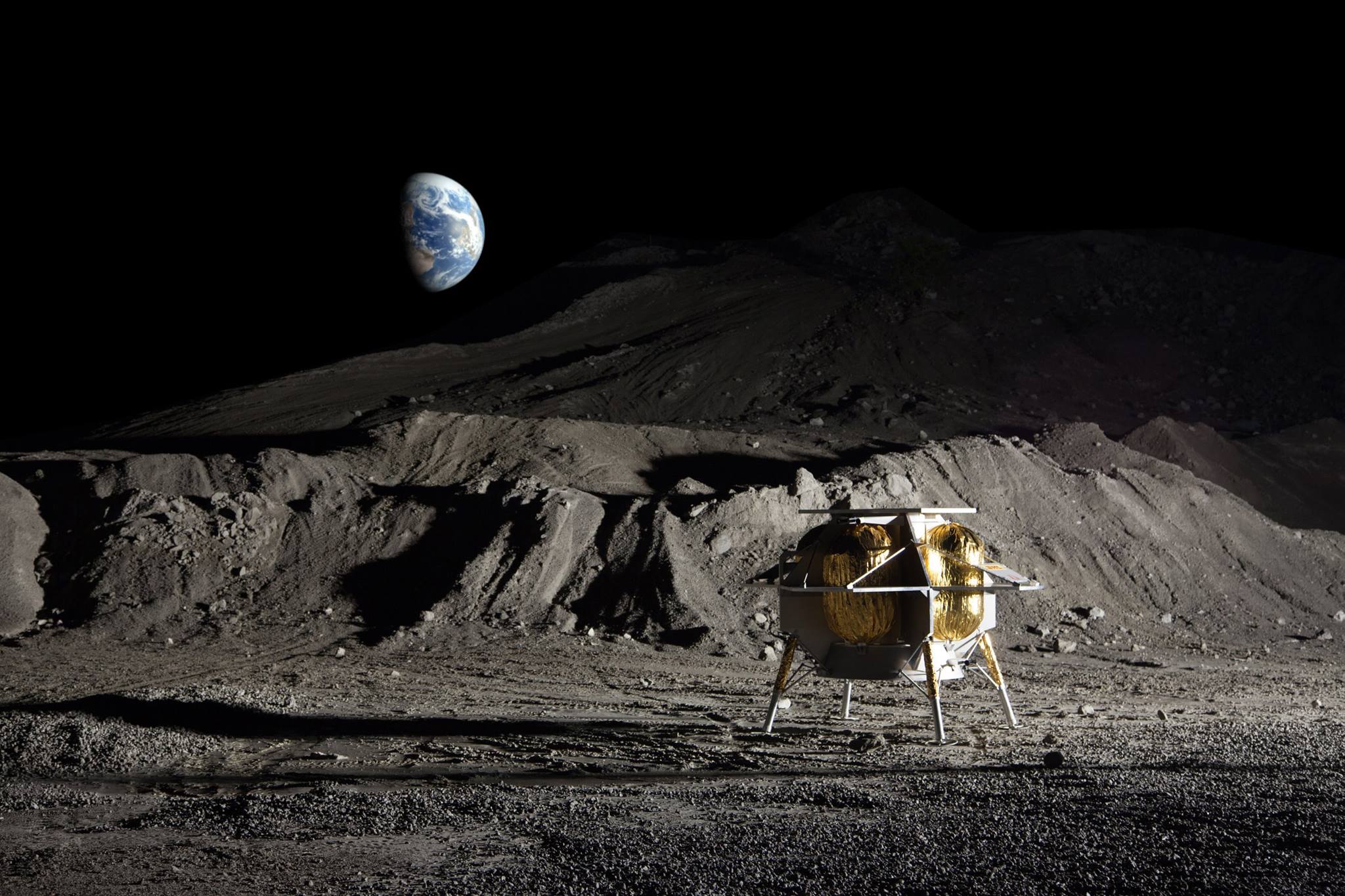Astrobotic's Peregrine Lunar Lander Ready For Launch In Early January
Astrobotic's Peregrine lunar lander ready for launch. It will land on the moon in late February. The Pittsburgh-based company said on December 19 that all of the pre-launch integration work for its Peregrine lunar lander was finished.
Author:Rhyley CarneyReviewer:Paula M. GrahamDec 20, 202325.9K Shares376.3K Views

Astrobotic's Peregrine lunar lander ready for launch. It will land on the moon in late February.
The Pittsburgh-based company said on December 19 that all of the pre-launch integration work for its Peregrine lunar lander was finished. This included fueling the lander and connecting it to the payload adapter for United Launch Alliance's Vulcan Centaur rocket. That, along with getting the rocket ready, made it possible to try to launch as early as January 8 from Cape Canaveral, Florida.
Peregrine Lunar Lander Ready For Launch
Astrobotic's first lander for the moon is ready to take off. The company said on Tuesday that the Peregrine lander has finished its final checks and filling after being attached to the United Launch Alliance's Vulcan Centaur rocket last month. Now all that's left is the launch on January 8 and the famous landing on the moon.
Astrobotic CEO John Thornton said in a statement:
“„If you’ve been following the lunar industry, you understand landing on the Moon’s surface is incredibly difficult. With that said, our team has continuously surpassed expectations and demonstrated incredible ingenuity during flight reviews, spacecraft testing, and major hardware integrations.- John Thornton
“„We are ready for launch, and for landing.- John Thornton
As part of NASA's Commercial Lunar Payload Services(CLPS) program, Astrobotic's Peregrine Mission One will launch on a United Launch Alliance (ULA) Vulcan rocket. Before the mission, NASA is asking the public to take part in virtual activities. The project will send one of the first commercial robotic landers from the United States to the Moon's surface as part of the Artemis program.
The Peregrine lander is set to take off from Space Launch Complex 41 at the Cape Canaveral Space Force Station in Florida on Monday, January 8. It will carry NASA and private payloads.
People from the public can sign up to attend the launch online. As a virtual guest, you can access carefully chosen resources, make changes to your plan, and get mission-specific information sent right to your inbox. At the end of each action, virtual guests will get a stamp to add to their virtual guest passports.
The Peregrine lander, which is almost two meters tall, will carry 20 payloads for both government and private customers. The rover can carry up to 90 kilograms of stuff, and it will be able to work for about 192 hours after it lands on the moon. During that time, it will give the payloads power and contact. Astrobotic's website has a payload user's guide that says the company charges about $1.2 million per kilogram of mass sent to the moon's surface.
Astrobotic is carrying out the mission as part of a $79.5 million deal with NASA for the Commercial Lunar Payload Services (CLPS) program. The company also got a second CLPS contract for its Griffin lander, which is much bigger. That mission is set to begin in late 2024.
Astrobotic, based in Pittsburgh, is one of only a few businesses that thinks there will be a big market for delivering goods to the moon. Intuitive Machines plans to launch its first landing just a few days after Peregrine, on January 12. Firefly Aerospace and the Japanese company ispace also plan to do the same, though their earlier attempt to launch something to the moon failed.
Final Thoughts
Astrobotic, a major player in the market for commercial lunar payload delivery services, has said that Peregrine, its first lunar landing, is ready to take off. After being connected to United Launch Alliance's Vulcan Centaur rocket last month, the lander has finished its final checks and fueling. The much-anticipated launch is set for January 8, and then a historic landing on the moon will follow.
The almost two-meter-tall Peregrine lander will take 20 payloads for both government and business customers. The lander can carry up to 90 kilograms of cargo and will be able to work for about 192 hours after it lands on the moon's surface. During this time, it will give the payloads power and contact. Astrobotic is asking about $1.2 million for each kilogram of mass it sends to the moon's surface.

Rhyley Carney
Author

Paula M. Graham
Reviewer
Latest Articles
Popular Articles
